
4 min read
How to...Design a Kitchen That Supports Your Wellbeing Part 1
WLLW dives into designing the kitchen, crafting a space for health and connection.
In this installment of WLLW’s ‘How To’ series we examine beyond the walls of our home and consider the lives we live in our outdoor spaces. Stepping outside doesn’t just offer a change of scenery – it can provide a boost for our sense of wellbeing and bring a wealth of health benefits. Natural light exposure raises vitamin D, crucial for bone health and immunity. Fresh air enhances respiratory function and oxygen intake, bolstering overall vitality. Outdoor physical activity reduces stress, lowers blood pressure and promotes cardiovascular health. Nature’s calming influence has also been shown to reduce anxiety, lift mood and support mental wellbeing.
Optimizing outdoor spaces can encourage and support more time spent outdoors. Designating areas for gardening provides opportunities for cultivating plants and connecting with nature. Creating space to hang and dry clothes outside is an excellent way to spend more time outdoors, enjoy fresh-smelling linens, and be energy efficient. Creating zones for relaxation with comfortable seating promotes unwinding outdoors. Spaces designed for movement, such as walking paths, areas for exercising, or practicing yoga, encourage physical activity at home. Additionally, outdoor spaces tailored for entertaining, such as dining areas or fire pits, facilitate social connections and gatherings with friends and family. Thoughtful design that integrates these elements transforms residential yards into inviting havens that enrich daily life and promote a healthier lifestyle outdoors.
Although we might already consider the health of the products we use indoors, it’s important to choose non-toxic materials wherever possible for outdoor environments as well. Thoughtful selection of products made from sustainable and healthy materials ensures safe and comfortable living spaces that allow us to enjoy nature to the fullest. While the healthiest options for buying garden furniture and products, such as sustainably sourced wood and non-toxic finishes, offer significant benefits, it's important to acknowledge that these choices may come with challenges such as higher costs, limited availability and potential issues with durability in extreme weather conditions. So what should we look out for?


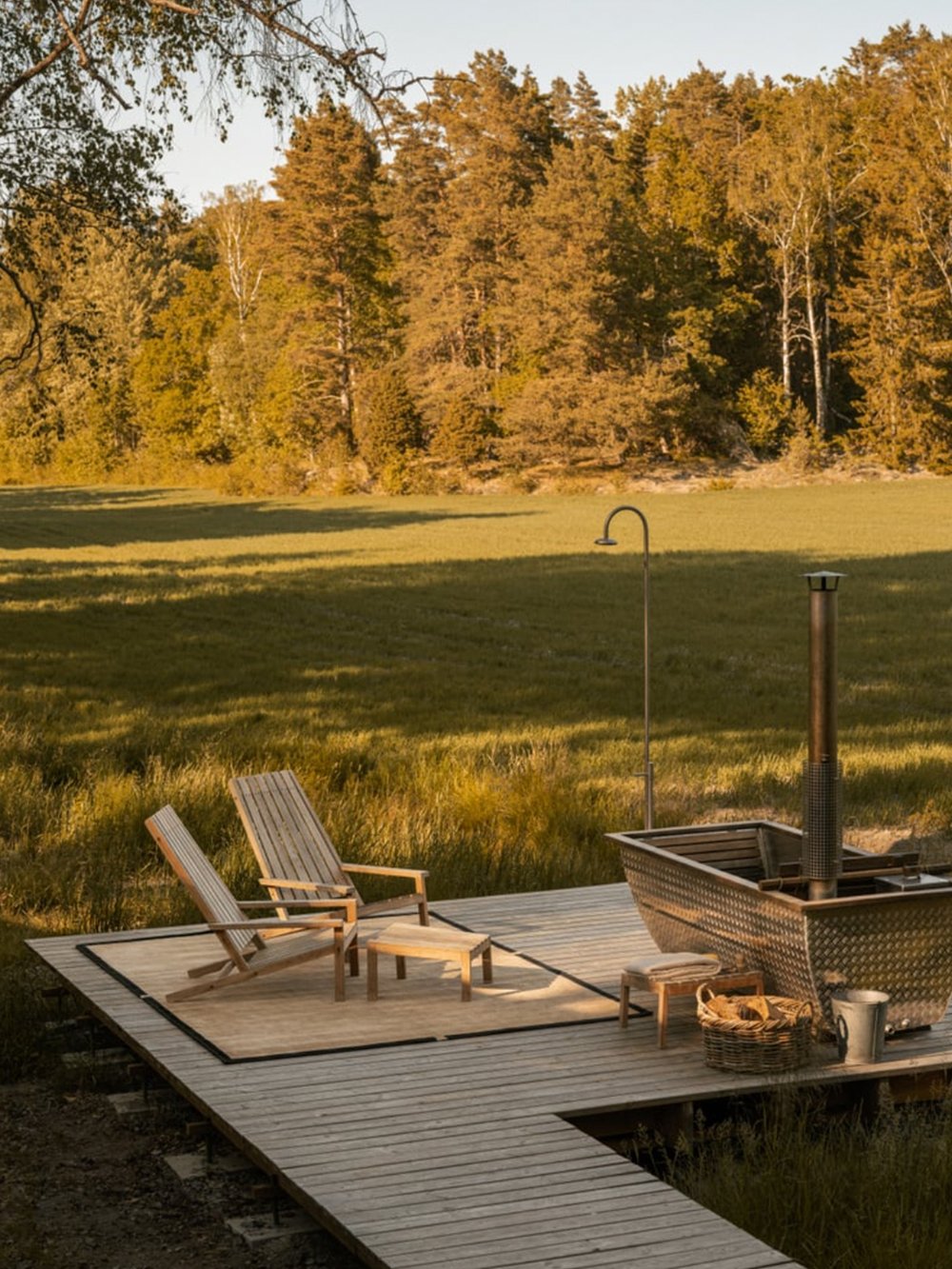
Consider using sustainable choices such as reclaimed stone and FSC-certified, rot-resistant softwoods like cedar. Proceed with caution when selecting pressure-treated wood due to its high toxicity from chemical treatments aimed at preventing rot and termite damage. Certain chemical treatments contain carcinogens and can have wide-ranging health effects. Opt for finishes on wood decking that are low in Volatile Organic Compounds (VOCs) or entirely non-VOC to minimize air pollution. Regular maintenance is also essential to ensure durability and extend the lifespan of your outdoor surfaces.
When selecting furniture for use outside, choose FSC-certified teak for its sustainability and ability to withstand outdoor conditions. Wicker made from materials like rattan or seagrass are other environmentally friendly options. Opt for materials like organic cotton, hemp, or jute for textiles, cushions and rugs, as they are free from harmful chemicals. Outdoor textiles are typically treated to be weather-resistant and, in some countries, fire-resistant, which often conflicts with WLLW's health and sustainability standards. Many treatments involve chemicals that can be harmful to both human health and the environment. While the market for truly sustainable and non-toxic outdoor textiles is still developing, some companies are making strides in this area. Look for untreated options or those treated with non-toxic methods, and seek out certifications like OEKO-TEX to ensure the textiles meet rigorous health standards. Proper storage preserves the durability of outdoor furniture and textiles, ensuring they maintain their quality over time and contribute to a sustainable outdoor environment. Breathable fabric bags protect against mold and mildew, while elevated storage solutions prevent interference from pests.

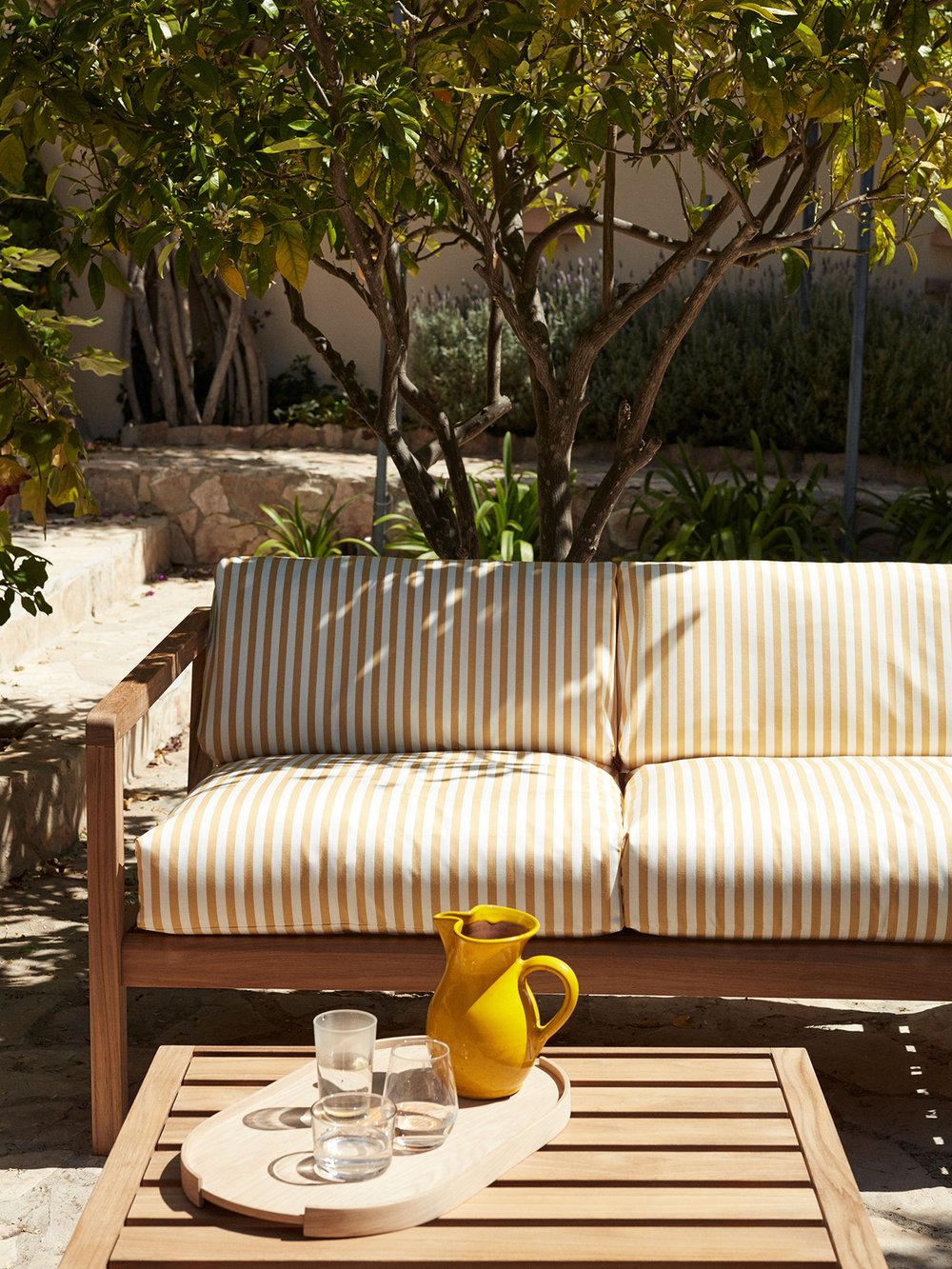
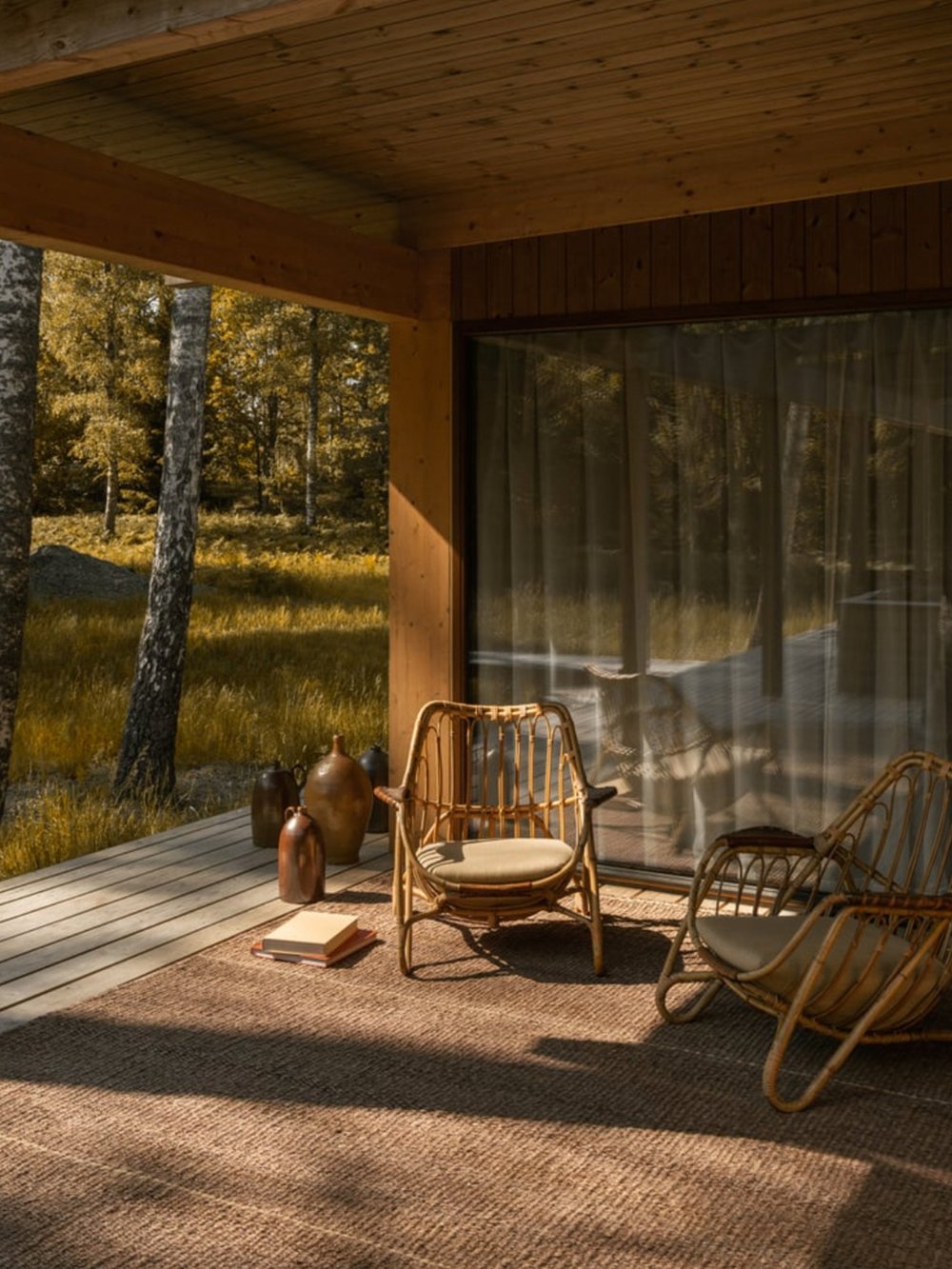
When planning outdoor lighting, we can follow similar principles, such as accent lights and bulb brightness, to indoor lighting schemes. Consider sustainable options like solar-powered and LED fixtures, which offer energy efficiency and reduce environmental impact. Motion sensors not only enhance security by detecting movement but also contribute to energy conservation by activating lights only when needed. Explore dimmable lighting solutions to minimize light pollution while creating a pleasant ambiance, allowing for adjustable brightness levels suited to different needs. Lastly, it’s important to consider the fixtures’ location, purpose and durability to ensure they can withstand the elements.
Consider grilling options that minimize carbon emissions and resource consumption, such as using electric grills or natural gas alternatives which produce less smoke and fewer carcinogenic compounds. If you prefer charcoal grilling, opt for natural wood or lump charcoal instead of briquettes, which may contain additives and chemicals. Avoid plastic tableware, which not only contributes to environmental pollution but can also pose health risks due to chemical leaching and microplastic ingestion. Instead, opt for reusable utensils, plates and cups made from materials like stainless steel, bamboo or biodegradable options such as cornstarch-based plastics. Avoid melamine, a chemical compound banned in Europe since 2021, that has been associated with health implications such as kidney damage and possible endocrine disruption.
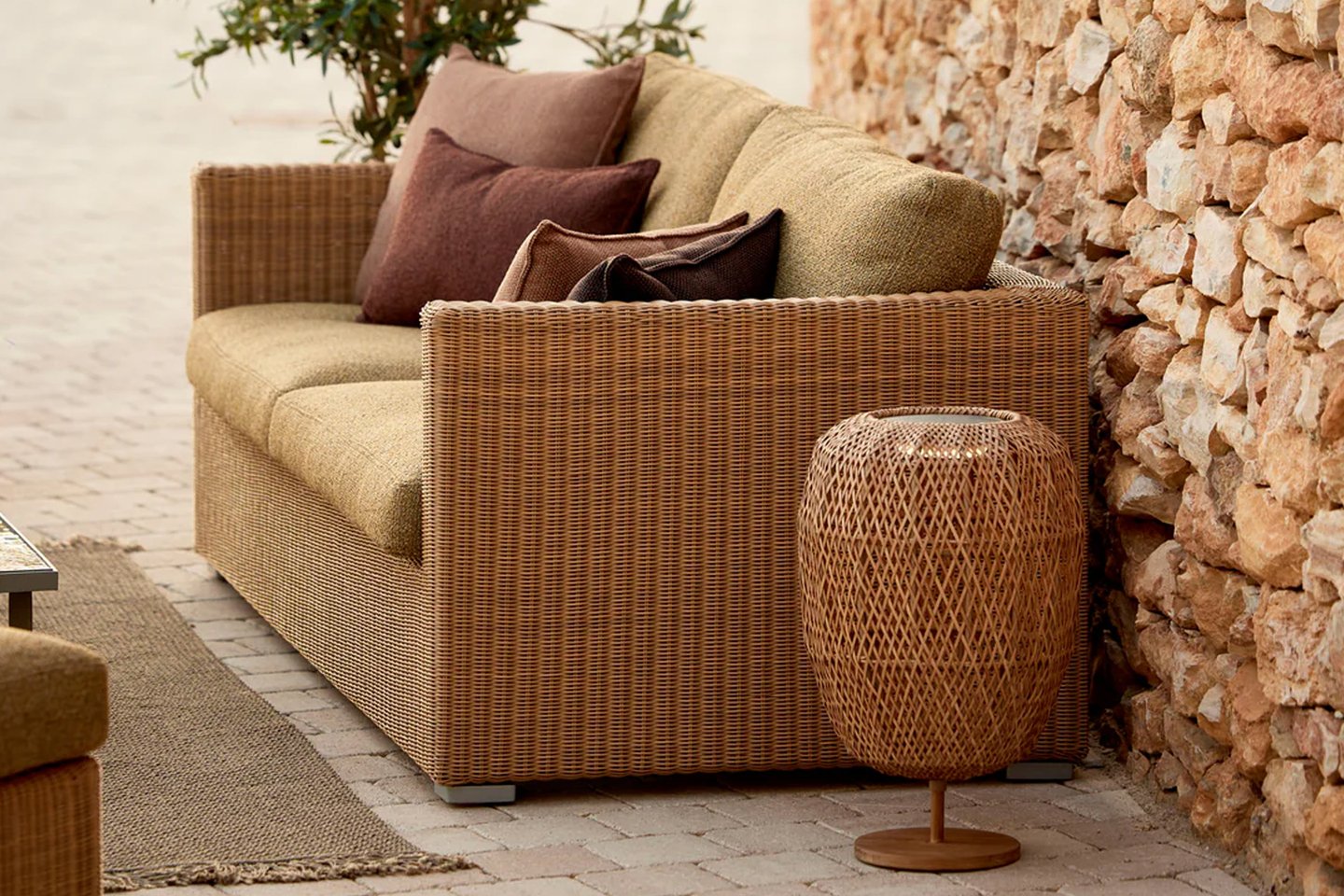

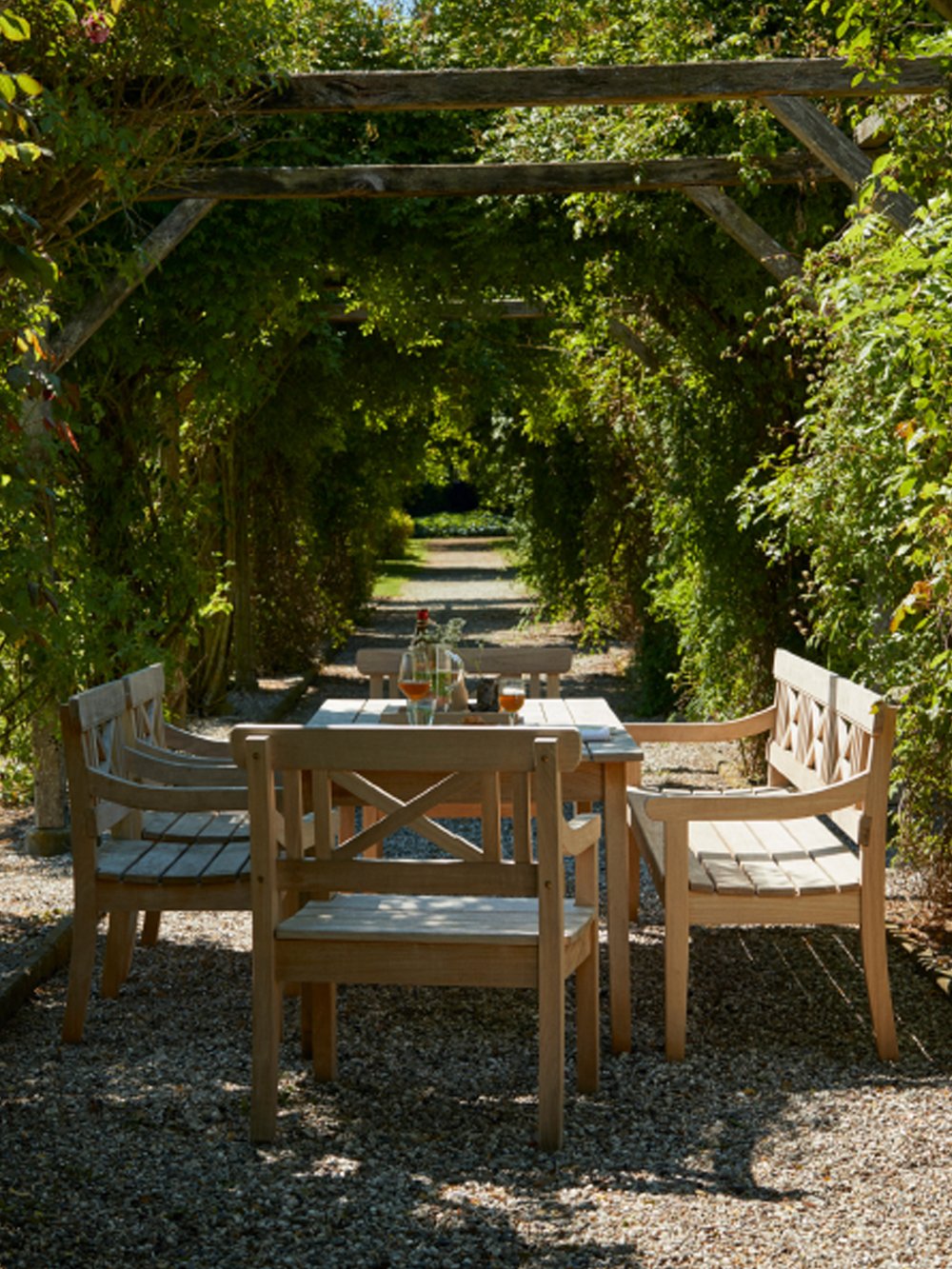
Choose native plants that thrive in your region, as they support local wildlife and require less water and maintenance. Opt for pots and planters made from healthy, environmentally friendly materials such as clay or sustainably sourced wood. Re-wild parts of your lawn by setting the mower aside and letting wildflowers and native grasses grow, providing habitats for birds and insects. Enhance wildlife support with bird feeders, baths, and insect hotels, fostering biodiversity in your garden. To keep the insects at arm’s length choose candles made from natural wax with non-toxic wicks that are infused with insect-repelling essential oils such as citronella, eucalyptus, lavender and lemongrass. Consider implementing composting and rainwater harvesting systems to reduce waste and conserve water. Composting has been shown to provide benefits to both ecological and human health by reducing landfill waste and greenhouse gas emissions. Lastly, adopt the principles underpinning Blue Space Theory, which suggests that proximity to water boosts our levels of happiness. Integrate water features like ponds or fountains to attract wildlife and create a tranquil outdoor atmosphere, enriching both the environment and your outdoor experience.
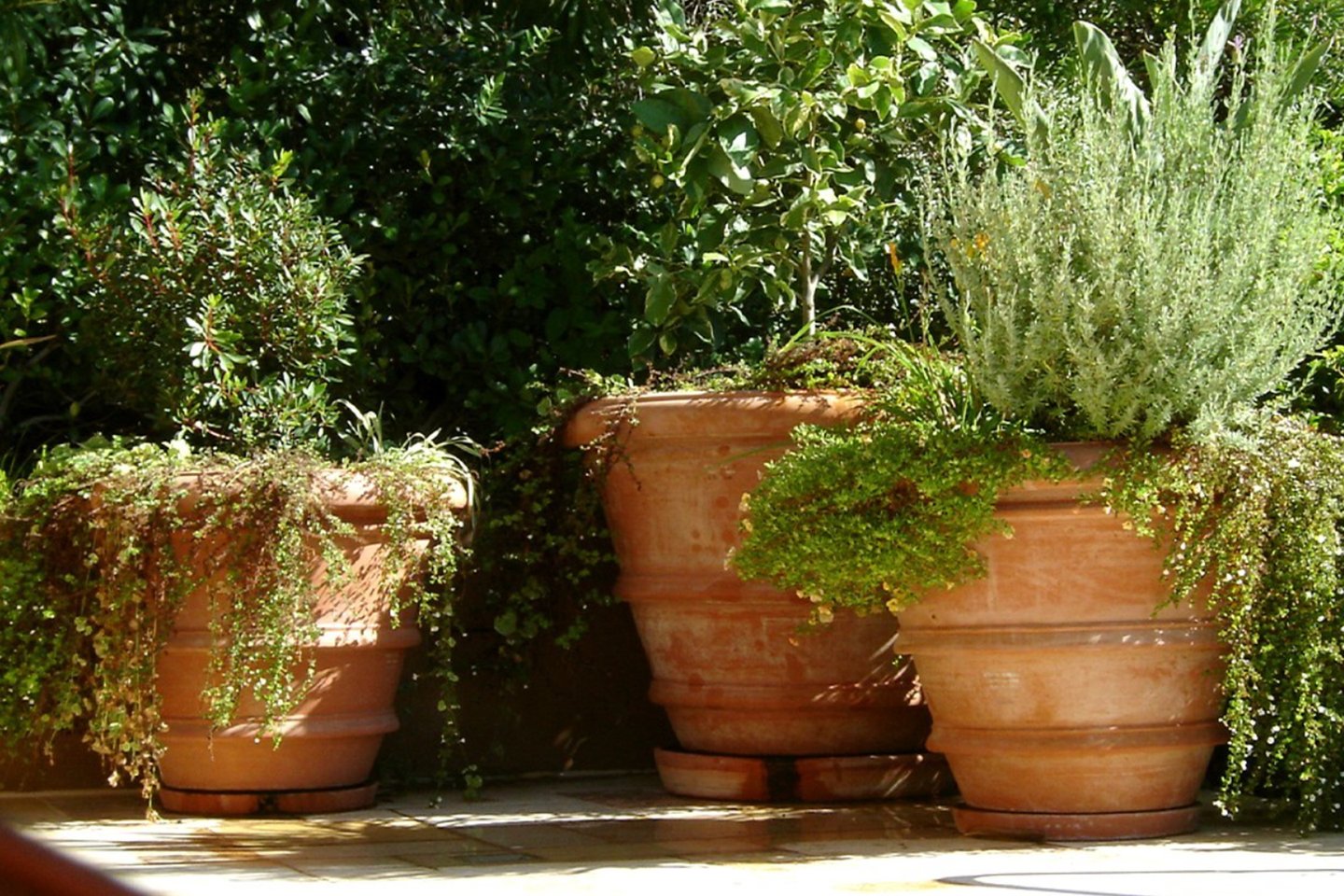
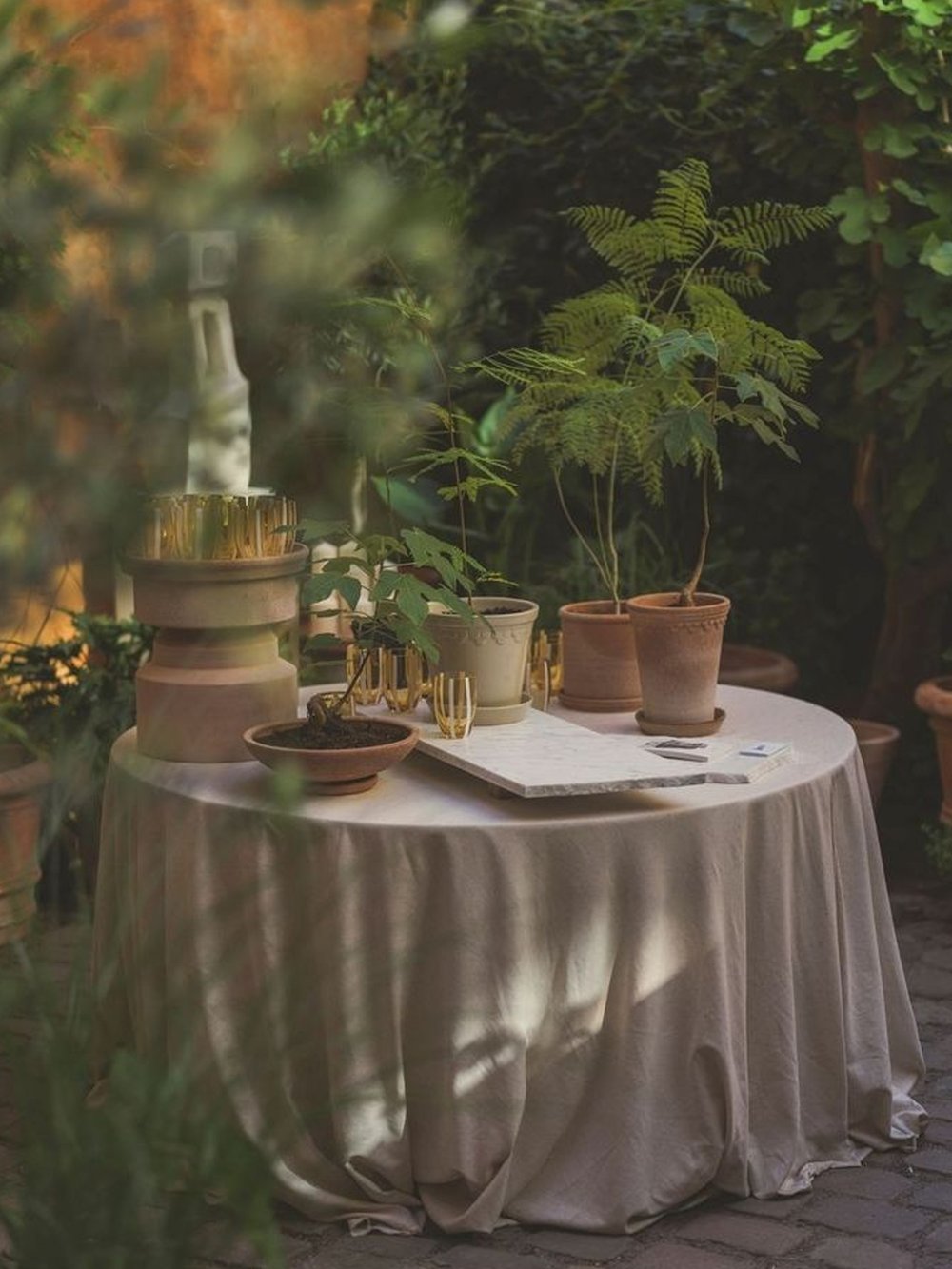
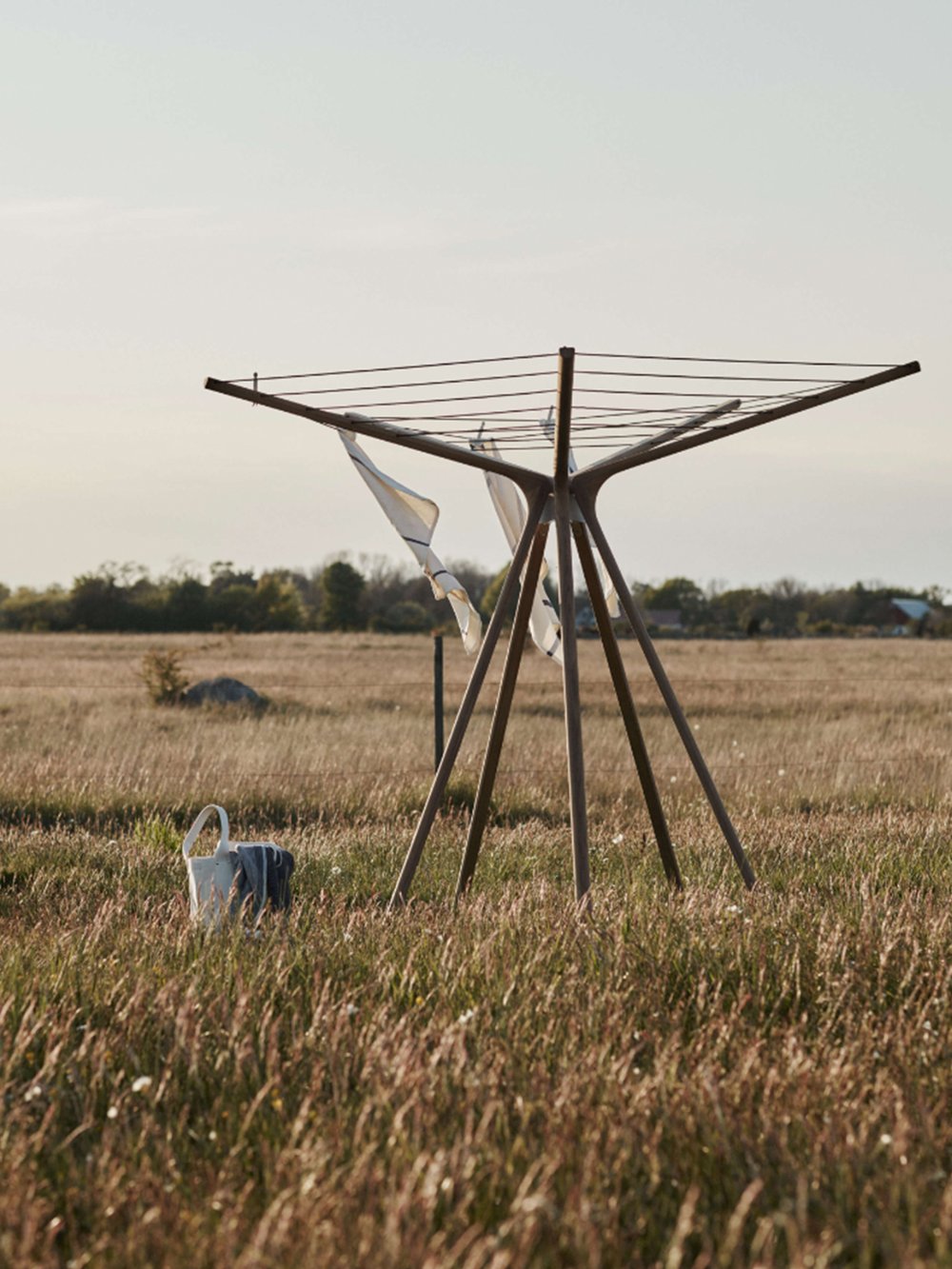
Photography: Fritz Hansen, Nordic Knots, Munder Skiles, Cane-line Design, Seibert & Rice, Bergs Potter by Anders Hviid-Haglund

4 min read
WLLW dives into designing the kitchen, crafting a space for health and connection.
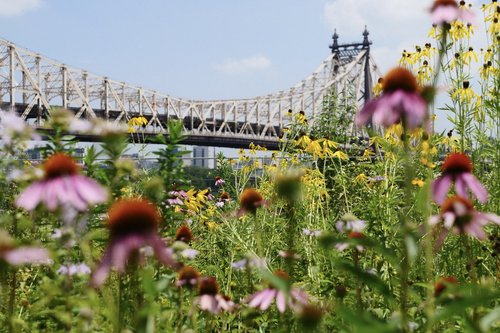
4 min read
WLLW delves into the science behind the positive health impacts of gardening, explores its role in strengthening community bonds and provides practical tips for those looking to cultivate their own garden sanctuary.